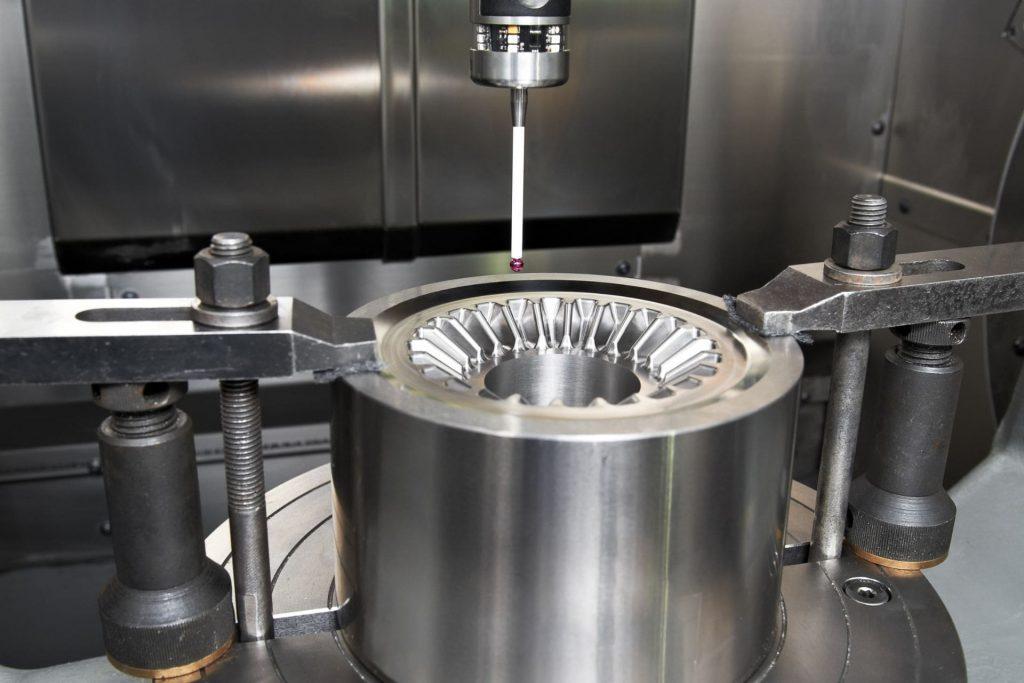
High pressure die casting (HPDC) has become an increasingly popular manufacturing process due to its high efficiency and accuracy. As the industry continues to grow, it is important to stay informed about the latest trends and developments that are shaping the future of HPDC.
One major trend in HPDC is the use of new and advanced materials. With the development of new alloys and materials that can withstand higher temperatures and pressures, manufacturers are able to create stronger and more durable products. These materials also allow for increased flexibility in design, as they can be shaped into more complex geometries.
Another trend in HPDC is the use of automation and robotics. With the advent of Industry 4.0 and the Internet of Things (IoT), manufacturers are able to implement smart factory solutions that integrate automation and robotics into the production process. This not only increases efficiency, but also reduces the risk of errors and improves safety for workers.
Environmental concerns are also driving the future of HPDC. Manufacturers are working to reduce their carbon footprint by adopting more sustainable practices, such as using recycled materials and optimizing energy consumption. In addition, HPDC is becoming more environmentally friendly by reducing waste and emissions.
Finally, the future of HPDC is being shaped by the need for customization. With increasing demand for personalized products, manufacturers are using HPDC to create custom designs that meet the unique needs of their customers. This trend is expected to continue as consumers seek products that are tailored to their individual preferences.
The future of HPDC is bright and full of promise. With new materials, automation, sustainability, and customization, the industry is poised for continued growth and innovation. As we look ahead, it is important for manufacturers to stay informed and adaptable, so they can continue to meet the evolving needs of their customers and the industry as a whole.s.
